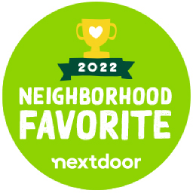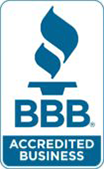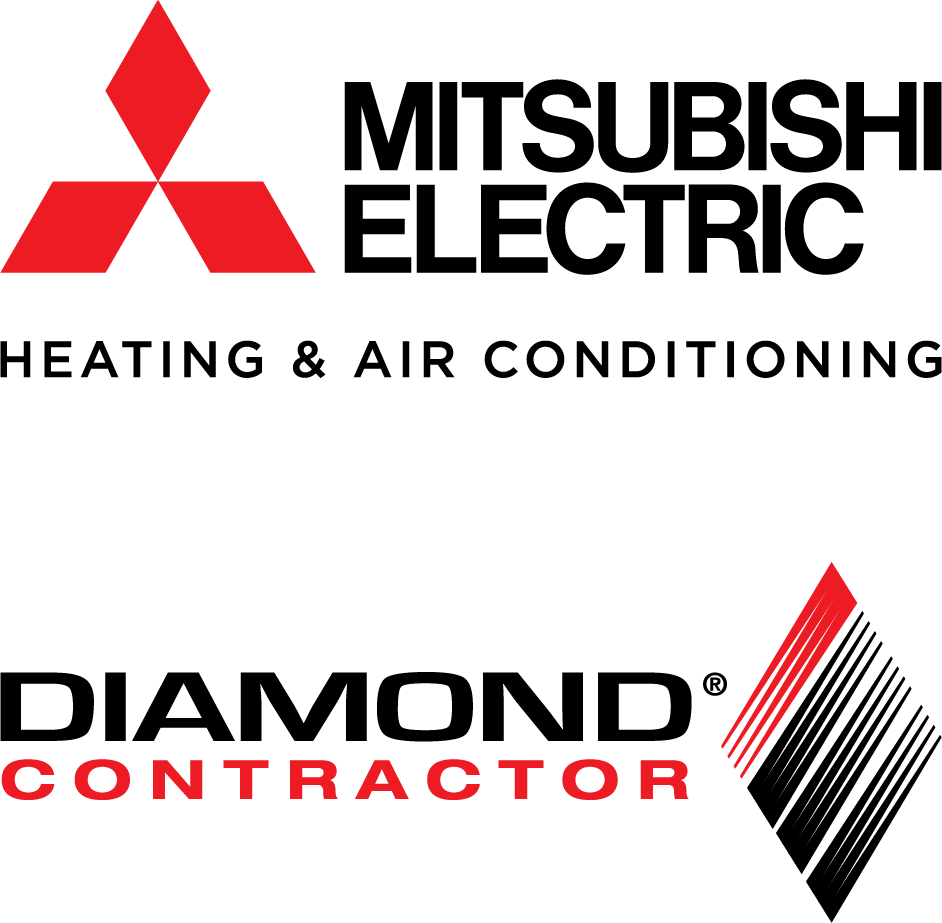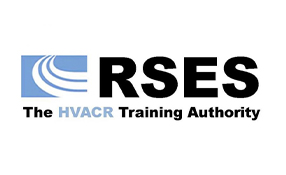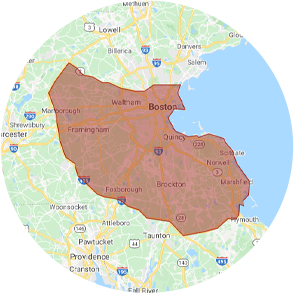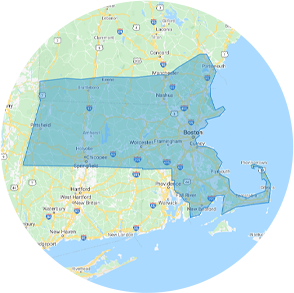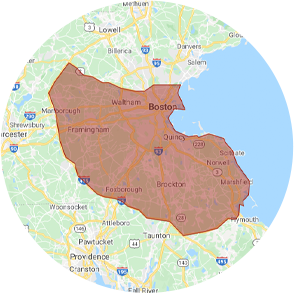Back to blog
The Ins and Outs of smart Buildings

You may be noticing a growing number of buildings toting the claim of being “green” more and more these days. In response to increasing pressure from a variety of civic and municipal groups, many companies are choosing to make the extra investment in building structures that can be certified environmentally friendly by organizations like the US Green Building Council’s Leadership in Environmental Energy and Design (LEED) or BREEAM, which stands for Building Research Establishment Environmental Assessment Method. While this trend has skyrocketed in the last few years, the movement to construct more “sustainable” buildings has actually been around for over 20 years. However, as advances in technology continue to grow exponentially, we are beginning to see a new trend within the trend, “smart buildings.”
So what is a “smart building” exactly?
The term smart building has come into place to describe buildings that employ the use of automated, high-tech controls to monitor and manage many of the interior components that contribute to a building’s overall performance. The consumer market is now flooded with an assortment of sensors, monitors, and dashboard units designed to integrate with a building’s lighting, heating, cooling, and water systems. Many of these dashboard platforms offer users the convenience of monitoring and controlling their buildings right from their smartphone.
Temperature a little warm in meeting room C?
No problem.
A couple quick commands from a smartphone dashboard and problem solved. Even things like window blinds, gas fireplaces, and drop down video screens can be controlled with these devices. What used to fall into the realm of futuristic imagination has now become a reality.
However, beyond just offering convenience, or appeasing the younger tech-savvy (and tech infatuated) millennial generation now entering the workplace full-force, these smart controls offer another key contribution: they can dramatically impact the “greenness” of a building.
Let’s zoom in and look at one application of this…
As changes in the climate pair with increasing world population, effective water management is becoming a hot topic in sustainability. According to the Environmental Protection Agency (EPA), commercial buildings consume roughly 17% of the public water supply annually. According to a paper published by the University of Michigan’s Center for Sustainable Systems, total U.S. public water use in 2018 was 322 billion gallons per day. We don’t even need to do the math to know that 17% of that is a very big number.
Now, there’s a common saying that is highly relevant here:
“If you’re not measuring it, you’re not managing it.”
That’s where smart controls come in. These new monitoring technologies allow building occupants and managers to set up cloud-based sub-metering systems that show water consumption on an almost minute-to-minute basis, allowing for detailed analysis of where water is being used, how much is being used, and when it is being used. From this specific data, intelligent, informed choices can be made on how to implement practices to conserve and eliminate unnecessary waste.
It’s clear then, that smart controls can have a real place in LEED and other sustainable buildings, moving the sustainability movement far beyond the focus on a building’s materials, durability, and insulation compliance, by integrating sustainability into the interior components, monitoring the precious resources the building and its occupants consume on a daily basis.
Another huge opportunity here, is the use of smart controls with heating and ventilation. Take a look at this statistic:
According to the U.S. Department of Energy, about 48% of a building’s total energy use is consumed by heating and cooling.
In mid-size and large commercial buildings, this can mean substantial energy use. Of course, this also opens up a huge opportunity for energy savings. Just as sub-metering systems can help analyze and significantly reduce water consumption, smart controls on heating and ventilation systems can do the same.
Here’s a quick example: Say it was an especially cold day, and one of your clients came in for a meeting chilled to the bone. To make them more comfortable, you turn up the temperature in the meeting room a few degrees. The meeting concludes, and you pack up and head home for the day. Once you get home, you realize that you forgot to turn the heat back down. With a traditional thermostat, your choices are either to drive all the way back to the office, or just let it go until you (hopefully) remember to turn it down the next day. With smart controls however, correcting the issue can be done right from the comfort of home, in less time than it might take to check your email.
In conclusion, in addition to having a high-performance, professionally maintained heating, ventilation and cooling system, consider implementing one of the many smart control products on the market to reduce your monthly energy bills and to do your part to help us all get a little more “green.”
Questions? Comments? Contact a Suburban Companies today and Take Comfort.


